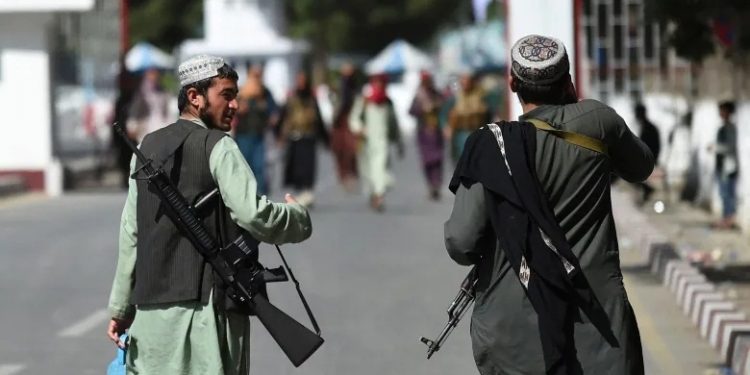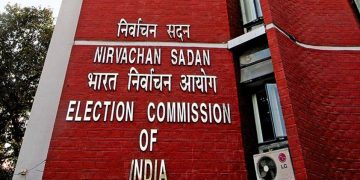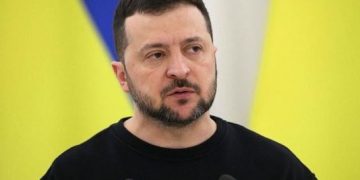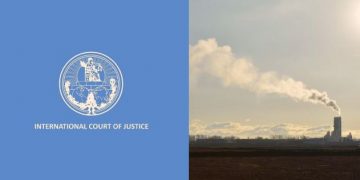New Delhi: The Taliban have intensified searches for former members of the Khost Protection Force (KPF), a special forces unit that had been founded and supported by the US Central Intelligence Agency.
A report by Human Rights Watch (HRW) said a civil society activist who has been documenting the killings said, “the KPF are the (Taliban’s) first target. They are looking for them.”
Despite Taliban denials, the nature of the killings indicates that local Taliban commanders carried out or ordered many of the executions or followed orders to do so by senior commanders or the Taliban’s intelligence unit.
The Taliban’s so-called sara kheta (“red unit”) elite special forces, highly trained commandos organised on a provincial basis, have also reportedly been tasked with searching for former security force members during night raids. The sara kheta are considered responsible for the Taliban’s most successful operations against the ANSF in recent years.
In some provinces, Taliban commanders have said that they have lists of people-written or orally communicated-who have committed acts the Taliban deem “unforgiveable” and would be targeted.
The pattern of the killings has sown terror throughout Afghanistan, as no one associated with the former government can feel secure they have escaped the threat of reprisal.
The Ghani government collapsed so quickly that documents related to the security forces and those who cooperated with them were left behind. When Taliban forces entered the offices of the former intelligence agency, the National Directorate of Security, and other government offices, they were able to obtain not only data on employees but also information on those who might have acted as informants.
Many of those killed were evidently targeted because of their role in the previous government.
Others targeted across Afghanistan have included NDS members, including intelligence personnel, those in charge of detention facilities, and special strike forces members such as the “Zero units”.
August 13, the day Taliban forces took control of Kandahar, they captured and killed three NDS 03 unit officers, according to former colleagues who saw the bodies.
“Zamaryali”, a former 03 force member, said, “They were telling me not come out after the collapse of the government. Suddenly, their phones were turned off. I went to their homes. All three of them had been killed by the Taliban, their families told me.”
Others targeted have been members of militias supported by the former government, in particular, the Afghan Local Police (ALP), as per HRW.
One Kandahar resident said, “The Taliban have not forgiven a lot of ALP commanders. Right now, they are looking for them.”
A Taliban commander in Ghazni said that some ALP and other militia members “cannot be forgiven because they have committed a lot of atrocities.” Because many people joined the ALP from their own communities, the Taliban also see them as a greater threat compared to locally deployed former ANSF members who were community outsiders
At the local level, many Taliban fighters and former ANSF members come from the same communities and know each other. As a result, personal rivalries and grievances have played into some killings. Many have reportedly been ordered by the Taliban’s delgai (“small group”) units-lower-level commanders who often have direct knowledge of the local political dynamics and are able to identify and target people.
Taliban forces have executed former members of local paramilitary forces operating under the ANSF umbrella known by a variety of names, such as arbaki or patsun kawanki (“uprising forces”). Human Rights Watch is aware of at least one instance in which the Taliban executed detained former militia members in groups of 6 to 10. Like the Afghan Local Police, such militia forces had long earned the enmity of Taliban forces in their districts because of their abuses against communities perceived to support the Taliban or because they were rivals in exploiting these communities, and sometimes both.
IANS






































